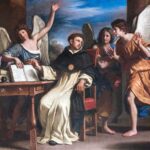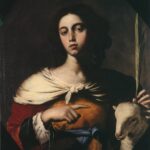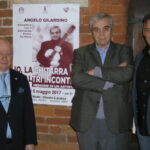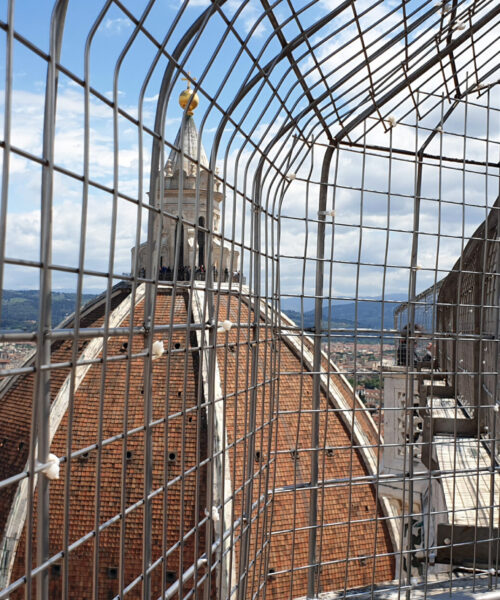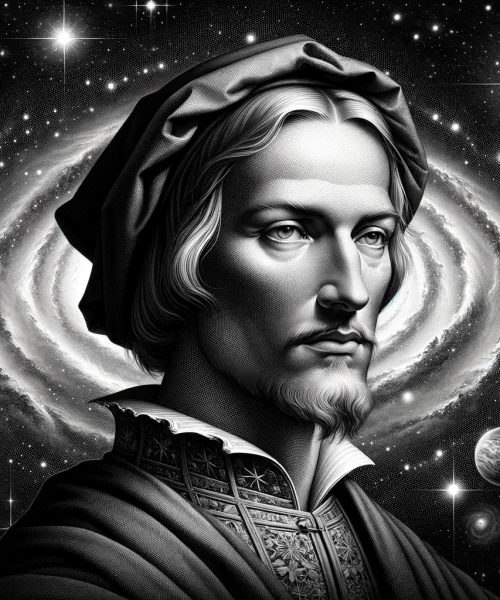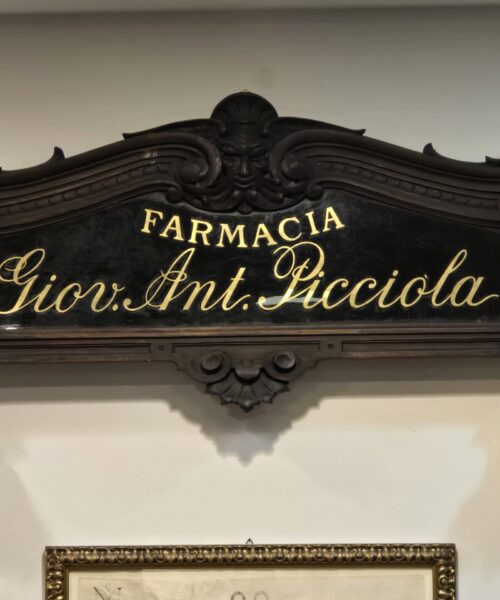In the historical fabric of Rome, the figure of Saint Sylvester stands out as a beacon of spirituality and power. On December 31st, as the city is adorned with festive lights and the echo of celebrations mixes with the eternal rustling of the Tiber, the Church commemorates this Pope, who in the maze of legend marked a turning point for Christianity.
Saint Sylvester, Bishop of Rome, entered history as the one who witnessed Emperor Constantine embracing the Christian faith, an event that transformed the course of the Roman Empire and Western religion. His figure, wrapped in the cloak of tradition, stands as a symbol of an era in which earthly and spiritual power intertwined in a dialogue that rewrote the rules of the ancient world.
Constantine, the first Christian emperor, is a figure of equal stature, whose conversion marked the beginning of a new era. His alleged donation to Saint Sylvester, although later revealed to be a historical forgery, nonetheless profoundly influenced the perception of the papacy, endowing it with authority that extended well beyond spiritual boundaries.
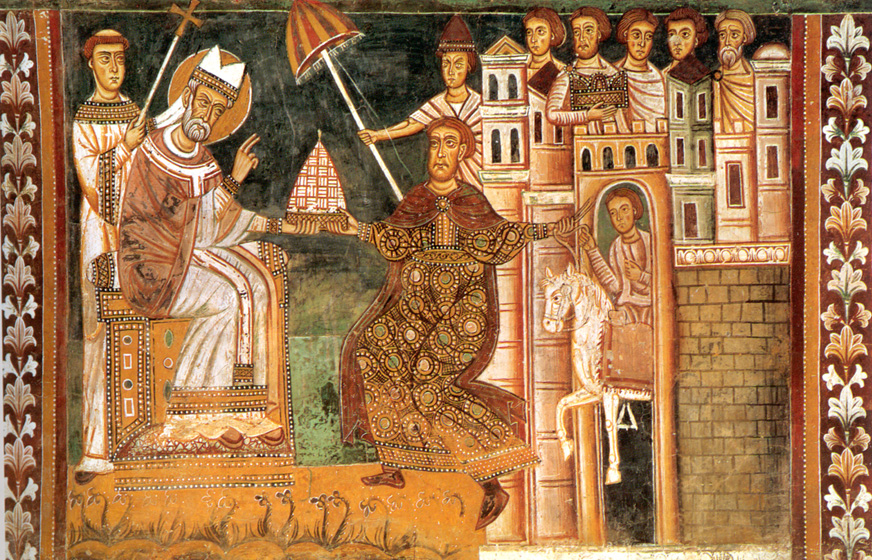
The figures of Constantine and Saint Sylvester are not just icons of power; they are symbols of the dialogue between the divine and the human, an image that has inspired countless narratives, influencing culture and art through the centuries. Their story, woven of myth and reality, continues to be a reference point for understanding the evolution of the Church and its role in the world. These visual representations have been fundamental in constructing the myth, elevating them from men to symbols of a transitional era. Every basilica, every fresco, every sculpture depicting them is a piece of a broader narrative, one that has helped define Christian identity and strengthen the power of the Church.
Art, in all its forms, has always been a powerful tool in the hands of power, a means through which myths are forged and history is written for future generations. In ancient Rome, as in every era, monuments and works of art were not just expressions of beauty or devotion; they were coded messages, tools of communication that transmitted and consolidated the ideology and authority of those who ruled.
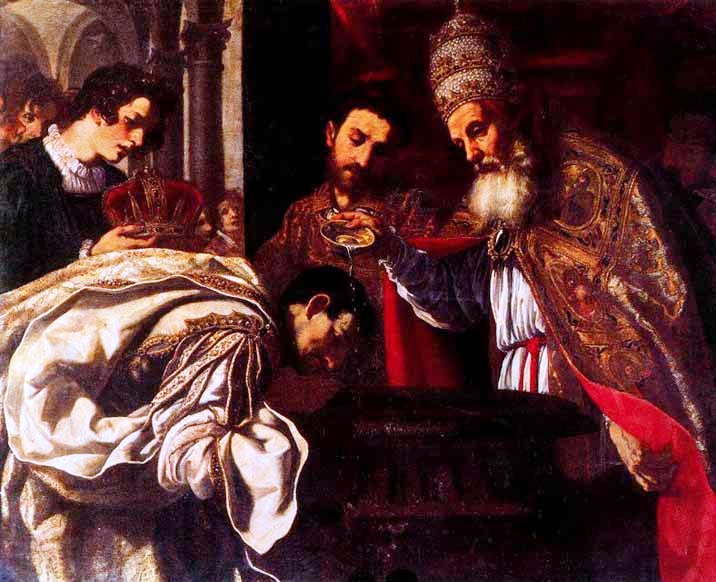
Rome, with its monuments and churches, is an open-air museum that tells this story. Every sacred building, every square, and every street are imbued with this glorious past. But it’s not just the architectural grandeur that speaks; it’s the stories that these stones tell, stories of men and power, of faith and politics. Art here is not merely contemplative; it’s didactic, narrative, powerful.
As Rome celebrates Saint Sylvester, the city itself becomes a stage where past and present meet. The figures of Saint Sylvester and Constantine, as shaped by art, become living symbols, incarnations of myths that continue to exert their influence. Art, skillfully used by power, has the task of preserving and honoring the memory of these men, but also of perpetuating their legend, keeping their presence alive through the centuries.
In this way, art becomes a vehicle of immortality, a language that transcends the barriers of time and space, allowing myths and legends to be passed down and continually rediscovered. It’s an endless dialogue between man and the divine, between the ruler and the ruled, between the creator and the observer. And in this dialogue, the city of Rome, with its historical and artistic richness, speaks not only to its inhabitants but to the whole world, reminding everyone of the power of art to create, preserve, and celebrate the great stories of humanity.




